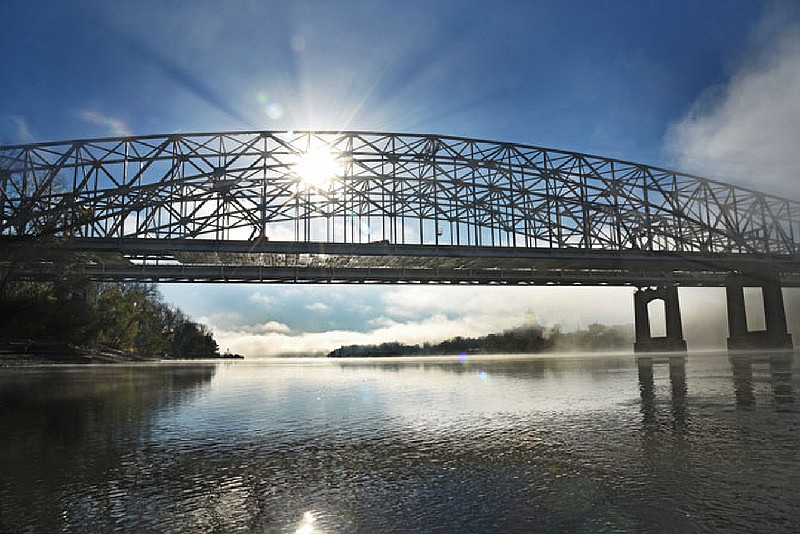Two may be better than one.
That was the feeling expressed by local government leaders Friday after a conference call with a consulting group that studied the feasibility of a multimodal port on the Missouri River.
Cambridge Systematics Inc. of Atlanta, in conjunction with Hanson Professional Services Inc. of St. Louis, reported the results of their study Friday to the Jefferson City Area Chamber of Commerce. Cambridge also has been working with the Missouri Department of Transportation to study the economic impact of the current 14 Missouri port authorities.
Jefferson City, Cole County and Callaway County would partner to operate the local port authority.
The most favorable port location is adjacent to the Missouri National Guard Ike Skelton Training Facility on the Missouri River near the Chamber of Commerce's industrial park in Jefferson City. Guard officials said they would be interested in a port that would allow them to move equipment and materials easily.
The consultants said the 125-acre site is a prime port location because of its access to the river and a rail line.
Callaway County is offering another potential site: on the river near current baseball fields with access from U.S. 63. The consultants said lack of access to the railroad hurt this location's prospects. But, they noted, the site could grow from the current 23 acres available and would require little basic infrastructure to get a bare-bones port in place.
The civic leaders suggested the consultants should consider both sites due to the strengths each possesses.
Jefferson City, Cole County and Callaway County each gave the chamber $47,600 to help fund the study, and the chamber added $27,000 of its own money to pay Cambridge.
"We paid all this money to get some answers, so I think we should go ahead and see what both would cost," Cole County Eastern District Commissioner Jeff Hoelscher said.
The consultants were directed to look at what it would take to have one fully contained port - the National Guard site - and one partial port the Callaway County site.
The chamber has championed the port idea for two years. Randy Allen, chamber president and CEO, said these steps were necessary as part of a long process.
"The Cambridge folks weren't sure how soon they would be done on the two-for-one study, but I'm hopeful it will be sometime next month," Allen said. "We know that Cole and Callaway will be together in operating the port authority. This is going to be done in phases, and we'll have more information coming in. After we get this next step done, we'll probably be able to start looking at how we can secure state and federal funding for the project."
Elected officials said last year it could be several more years before the port or ports are up and running.
Callaway County Western District Commissioner Roger Fischer said the impact could be enormous for both counties.
Fischer added several businesses and industries might use the port: clay from Callaway County, as well as scrap steel, rebar, and a butchering and packaging plant for the area's growing farming industry. He also noted various businesses already have been unloading and loading barges at several points along the river in Callaway County, such as OCCI, which has a spot 2.5 miles down river from the Missouri River bridge. Farmer Holding Company has one near its base, and Hermann Sand and Gravel loads barges 1.5 miles upstream of the bridge.
By 2020, the four-county area of Cole, Boone, Callaway and Osage counties could be producing 292,000 tons of goods and 80,000 tons could be transported by barge, Cambridge officials said. By 2045, the area is projected to be transporting 412,000 tons of goods, with 115,000 by barge.
Cambridge officials noted, as chamber officials had previously, increased use of barges could help relieve traffic congestion on roads and lead to less money spent on highway maintenance.

